From 04:00 PM CDT – 08:00 PM CDT (09:00 PM UTC – 01:00 AM UTC) Tuesday, April 16, ni.com will undergo system upgrades that may result in temporary service interruption.
We appreciate your patience as we improve our online experience.
From 04:00 PM CDT – 08:00 PM CDT (09:00 PM UTC – 01:00 AM UTC) Tuesday, April 16, ni.com will undergo system upgrades that may result in temporary service interruption.
We appreciate your patience as we improve our online experience.
University: Tsinghua University
Team Member( s):Xu Mohan; Gao Yongfeng; Gao yuan; Yang Hao; Zhang Qian
Faculty Advisors:Deng Yan
Email Address: xu-mh09@mails.tsinghua.edu.cn
Title: 3D DISPLAY SYSTEM
Description:
3D Display System is an interactive 360°stereoscopic display system. This system enabled users to view the stereoscopic image in 360°without glasses. It can display the three-dimensional images of both virtual and real objects, and create interactive function which allows users to control the display content by gesture.
Products:
NI Hardware:
PXI 1031 controller, DAQ board
Smart camera NI 1764
NI Software:
LabVIEW ,
Vision Development Module, Vision Builder AI
NI Motion, Motion Assistant,
Vision Acquisition, DAQmx.
The Challenge:
3D film is a motion picturethat enhances the Optical illusion of depth perception, but we must enjoy it with glasses and limited viewing angle in the cinema. Most of the stereoscopic display systems or 3D TVs are so expensive to afford and they cannot realize interactive function. In this sense, building an interactive 360°stereoscopic display system without glasses which is cheap and has the function of Display 3D images both of visual models and real objects is a big challenge.
The Solution:
3D Display System consists of three parts, that is acquisition, processing and 3D display.
Figure 1. 3D Display System
This system also consists of three types of acquisition, such as building visual models, non-real time acquisition of real object by NI 1764 and turntable, real-time acquisition of real object by four USB cameras.
Virtual model
In this part, we use LabVIEW to read the virtual 3D model document and set parameters , then show the four images of different directions of the model in one image as the figure 2.2shown , such special image is projected by a projector to an Inverted pyramid optical structure of Figure 2.1 as the Schematic of Figure 2.3.

Figure 2.1 Figure 2.2 Figure 2.3
Figure 2 Imaging principle
Figure 3 and Figure 4 are Specific examples of three-dimensional display.
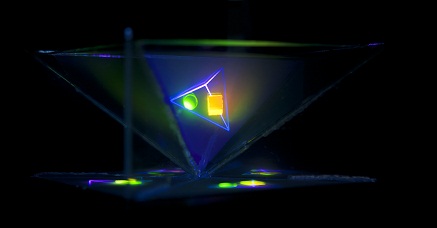
Figure 3 three-dimensional display of virtual model

Figure 4 three-dimensional display of virtual model
The program of 3D Display of virtual model is shown in the figure 5.

Figure 5 program of three-dimensional display of virtual model
Gesture recognition:
Gesture recognition system is realized by a USB camera, PXI system, LabVIEW and vision assistant. We capture the image sequences of hand and judge its movement , such information can be used to control the 3D display, for instance , sliding hand can control the icon rotating , two hands can control the icon zooming as the Figure 6 shown.

Figure 6. Gesture recognition

Figure 7. Find the object in the image by vision assistant
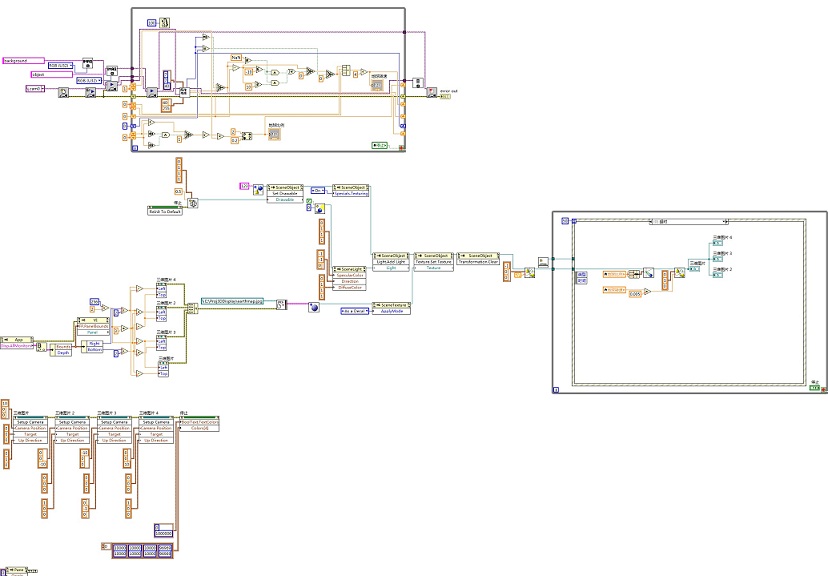
Figure 8. Program of gesture recognition
Non-real-time acquisition
Non-real-time acquisition system depends on a smart camera NI 1764 and a turntable controlled by PXI, by putting an object on the turntable and capture its images when its rotating ,we can get the information of this object from all directions. Then choose the right images and show the 3D images.

Figure 9. Hardware of non-real-time acquisition system

Figure 10.image acquisition
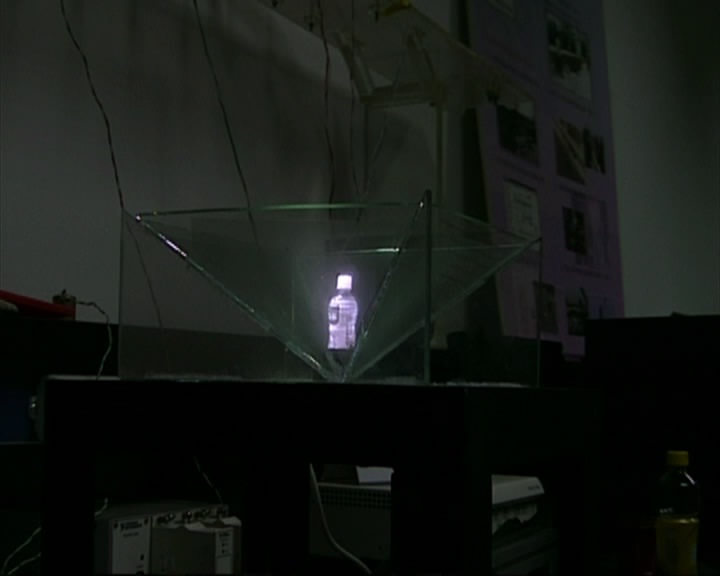
Figure 11. 3D Display of real object

Figure12. Program of non-real-time acquisition system
Real-time acquisition
We use four USB cameras to realize the real-time acquisition. Thosefour cameras are set around the object and capture the image of this object from four directions.Then process this images and show the 3D image by the optical structure.
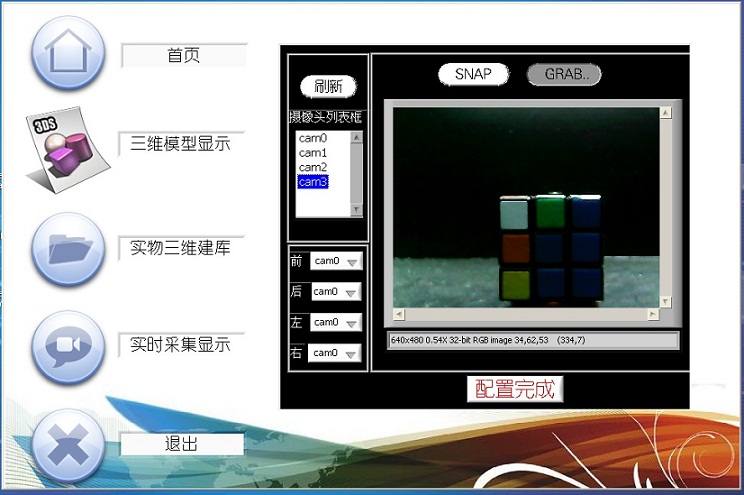
Figure13.Interface of real-time acquisition system
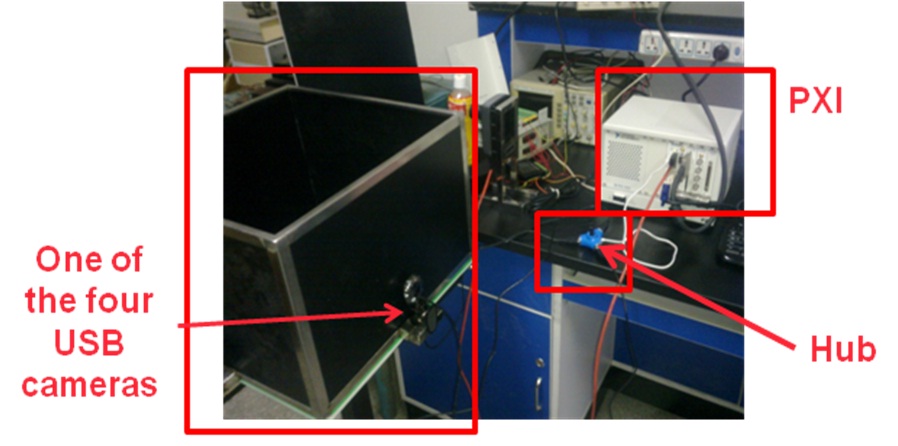
Figure14. Hardware of real-time acquisition system

Figure15. Program of real-time acquisition system
Video of this 3D Display System :
Hello there,
Thank you so much for your project submission into the NI LabVIEW Student Design Competition. It's great to see your enthusiasm for NI LabVIEW! Make sure you share your project URL(https://decibel.ni.com/content/docs/DOC-16478) with your peers and faculty so you can collect votes for your project and win. Collecting the most "likes" gives you the opportunity to win cash prizes for your project submission. If you or your friends have any questions about how to go about "voting" for your project, tell them to read this brief document (https://decibel.ni.com/content/docs/DOC-16409).
I'm curious to know, what's your favorite part about using LabVIEW and how did you hear about the competition? Nice work with the NI myDAQ!
Good Luck, Jessica in Austin, TX.
Hello Jessica,
My favorite part about using LabVIEW must be the smart camera NI 1764 and a turntable controlled by PXI, the motion assistant is etremely wonderfu. We have just participated in the Virtual Instrument Competition.In China, and got the top prize, so we were informed about this competition from engineers of NI in China.
Thank you very much about your attention!
Xu MoHan ,Tsinghua University, China
com on!
very funny面白いですね
oh ,it is very good ,come on innovative ,
very charming,so short time,so amzing result,come on
cool. I hope that youn win.... it's so interesting